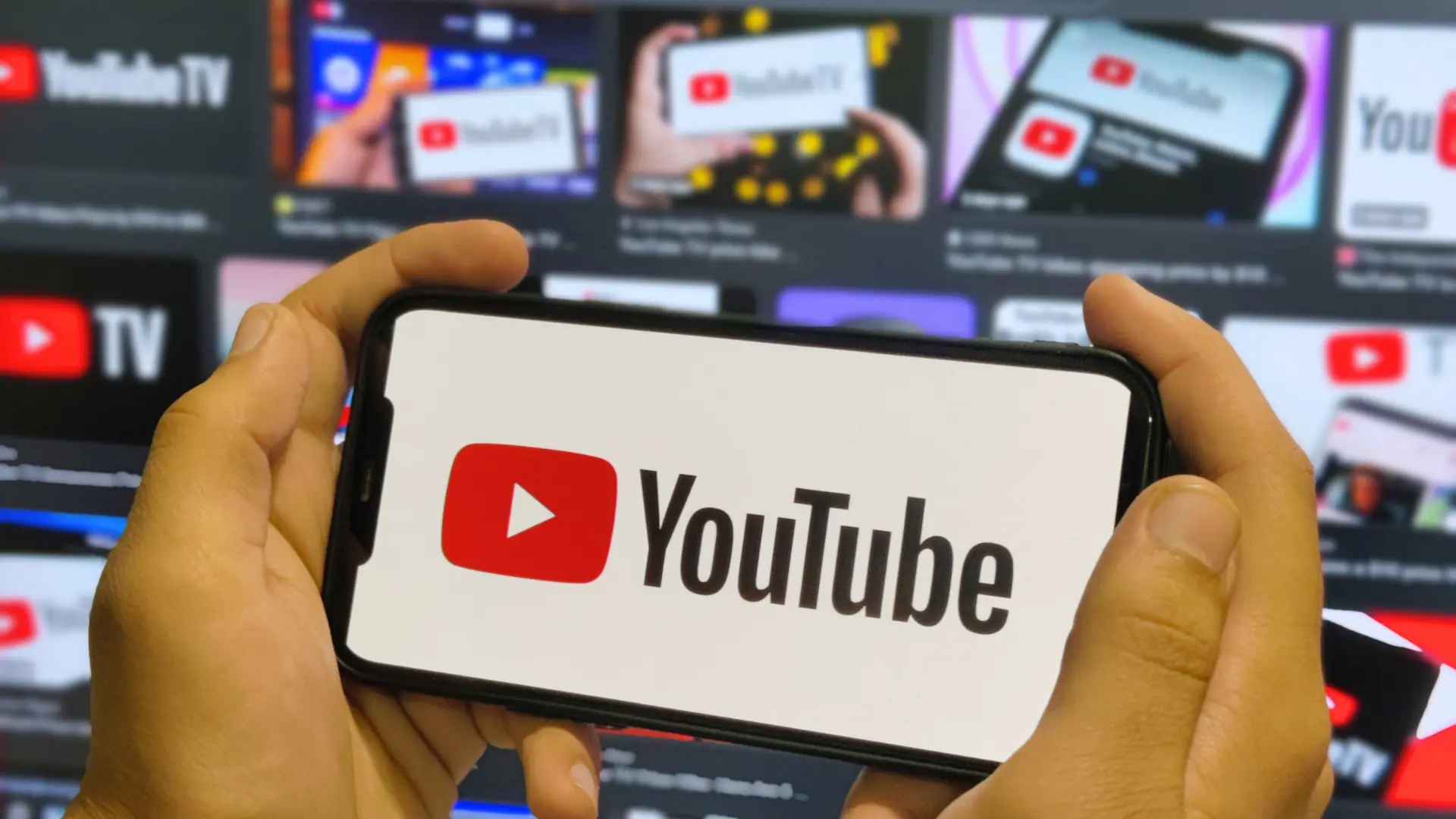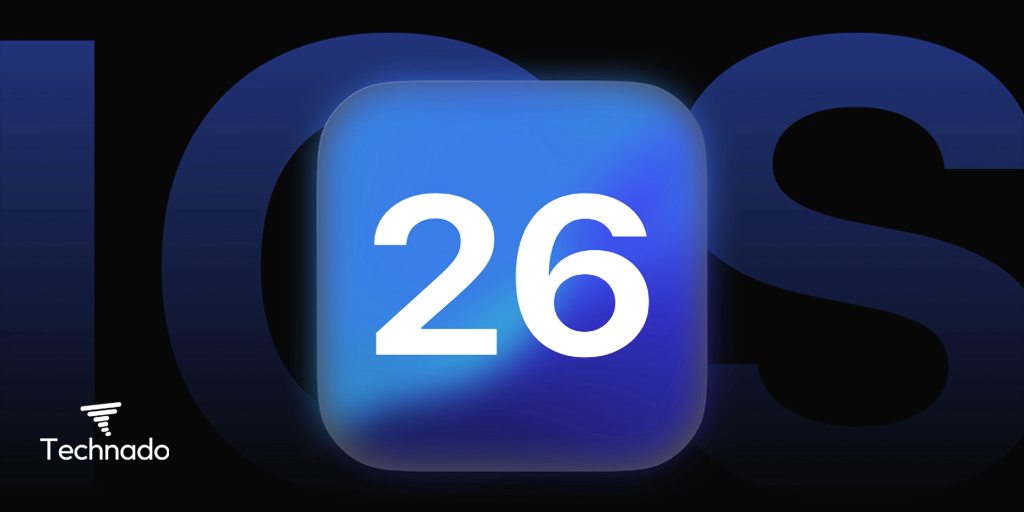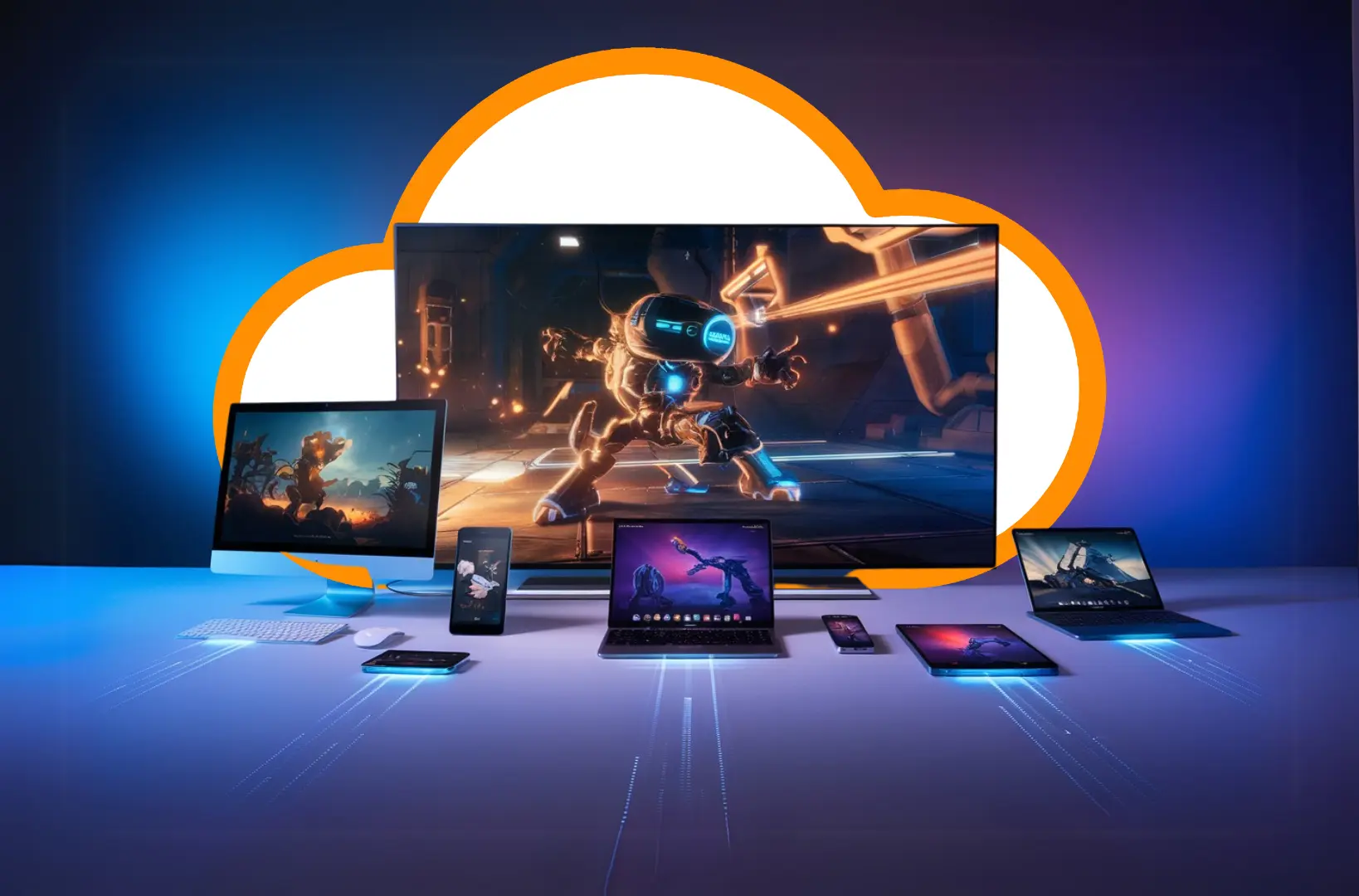Streaming services once promised an affordable escape from the high costs and rigid contracts of traditional cable. YouTube TV was among the pioneers of this promise, delivering live TV and on-demand content at a price that appealed to budget-conscious cord-cutters. However, that promise is now being tested as YouTube TV has announced a steep price hike, raising its monthly subscription fee to a staggering $82.99.
This significant increase not only positions YouTube TV as one of the most expensive streaming options but also raises critical questions about its value in an industry where competition is fierce, and alternatives abound. Are we witnessing the golden era of streaming giving way to unsustainable pricing? Or is this the inevitable cost of premium content and innovation?
In this article, we’ll explore the reasons behind YouTube TV’s pricing decision, its impact on consumers, and whether it still holds its place as a leader in the streaming market. Is it worth the rising cost, or are there better alternatives for your entertainment needs? Let’s dive in.
The Rising Cost of Streaming: A Widespread Challenge
The streaming industry is undergoing a seismic shift. Rising production costs, coupled with the demand for high-quality, original content, have pushed providers into a corner. To stay profitable, many streaming services are implementing price hikes, and YouTube TV’s decision is a clear reflection of this trend. Providing live TV and on-demand content in an era of fierce competition comes at a price—one that is increasingly being passed on to the consumer.
This upward pricing trend is not exclusive to YouTube TV. Competitors like Hulu + Live TV, Sling TV, and FuboTV have also adjusted their rates in recent years, though YouTube TV’s jump to $82.99 places it among the most expensive options in the streaming market.
What Do You Get for $82.99?
At $82.99 per month, YouTube TV offers an impressive lineup of over 100 live TV channels, including major networks such as ABC, CBS, FOX, NBC, and ESPN. Subscribers also gain access to a substantial on-demand library, featuring a wide selection of TV shows and movies. The service includes unlimited DVR storage, a feature highly regarded by viewers who appreciate flexibility in their viewing schedules.
However, the base plan falls short for those seeking premium entertainment. Channels like HBO Max, Showtime, and STARZ are not included in the standard package and require additional fees, potentially pushing the total cost even higher. While these add-ons enhance the content library, they further stretch the household budget, leaving some subscribers questioning the overall value.
The Consumer’s Dilemma: Navigating the Impact
For many households, YouTube TV’s price hike poses significant challenges. Here’s how it might affect consumers:
- Budgetary Concerns: The rise in subscription fees adds financial pressure, particularly for families or individuals who rely on multiple streaming services to meet their entertainment needs.
- Cord-Cutting Fatigue: The initial appeal of cord-cutting was cost savings compared to traditional cable. However, with streaming prices climbing steadily, some consumers are feeling disillusioned.
- Subscription Fatigue: The sheer volume of streaming platforms, each requiring its own subscription fee, creates a dilemma for consumers trying to manage costs while accessing desired content.
- Tough Choices: Many may now face the difficult decision of canceling YouTube TV in favor of more affordable options—or even reverting to traditional cable.
Is YouTube TV Worth the Price?
The answer to this question depends heavily on your viewing habits. If live TV is your priority, especially for sports or news, YouTube TV remains a strong contender. Its seamless user experience, extensive channel lineup, and DVR capabilities make it a favorite among live TV enthusiasts.
However, for viewers who lean towards on-demand streaming, platforms like Netflix, Amazon Prime Video, or Disney+ might provide better value at a fraction of the cost. These services lack live TV but excel in delivering high-quality original content and extensive libraries.
Exploring Alternatives to Save Money
If YouTube TV’s new pricing doesn’t align with your budget, there are several alternative options to consider:
- Traditional Cable or Satellite TV: Surprisingly, cable and satellite services may now offer competitive pricing when bundled with internet plans, making them worth revisiting.
- Hulu + Live TV or Sling TV: Both services offer live TV options at comparatively lower price points. While their channel selections may vary, they still cater to most common viewing preferences.
- Free Over-the-Air Channels: A simple antenna can provide free access to local channels, delivering news, sports, and entertainment at no ongoing cost.
- Niche Streaming Platforms: Consider smaller, niche services tailored to your interests. For instance, sports fans might explore ESPN+ or NFL Game Pass, while movie buffs could opt for Tubi or Pluto TV.
The Future of Streaming: A Shifting Landscape
As the streaming industry evolves, one thing is clear: consumers are at a crossroads. The promise of affordable, convenient entertainment that drove the cord-cutting revolution is being challenged by escalating costs. For providers like YouTube TV, balancing profitability with customer satisfaction will be critical in retaining subscribers and staying competitive.
Meanwhile, the market shows no signs of slowing down. New entrants and innovative models continue to reshape the streaming landscape. For consumers, this means staying informed and reevaluating options regularly to ensure their entertainment choices align with their needs and budgets.
Conclusion: Is It Time to Cut the Cord on Streaming Services?
YouTube TV’s price hike to $82.99 is a bold move that underscores the broader challenges faced by the streaming industry. While the service still offers an impressive array of features and channels, its growing cost raises valid concerns for many subscribers.
For some, the convenience and content breadth may justify the expense. For others, however, exploring alternative platforms or even returning to traditional cable may prove more financially sustainable. As streaming prices continue to rise, consumers must weigh their priorities carefully to make the best choices for their households.
In an ever-changing entertainment landscape, adaptability and informed decision-making will be key to navigating the future of streaming.

Burhan Ahmad is a Senior Content Editor at Technado, with a strong focus on tech, software development, cybersecurity, and digital marketing. He has previously contributed to leading digital platforms, delivering insightful content in these areas.







